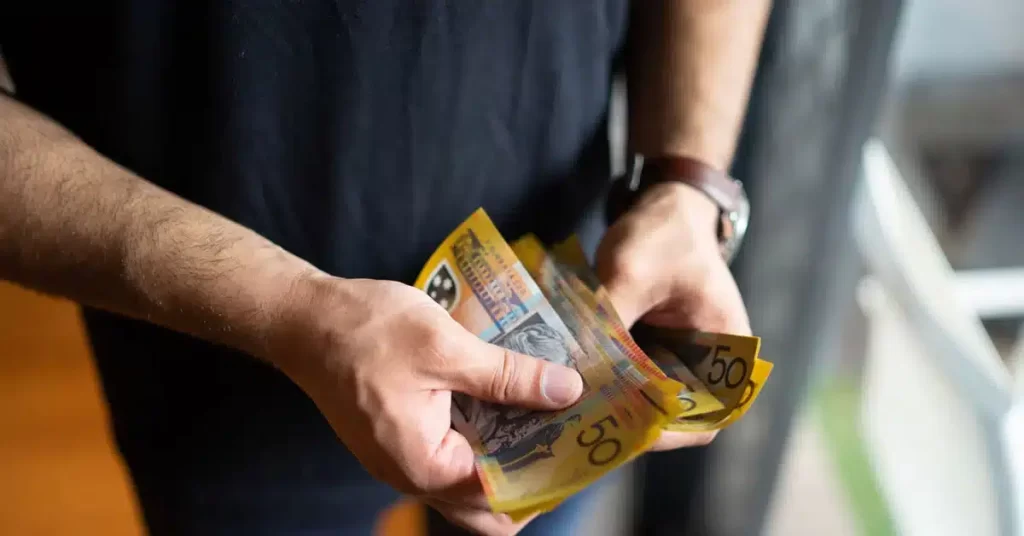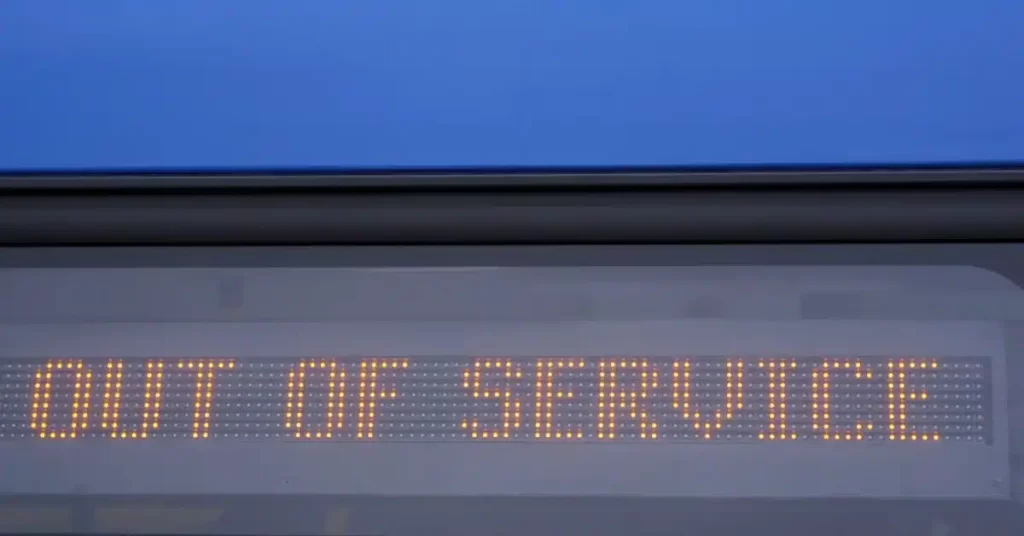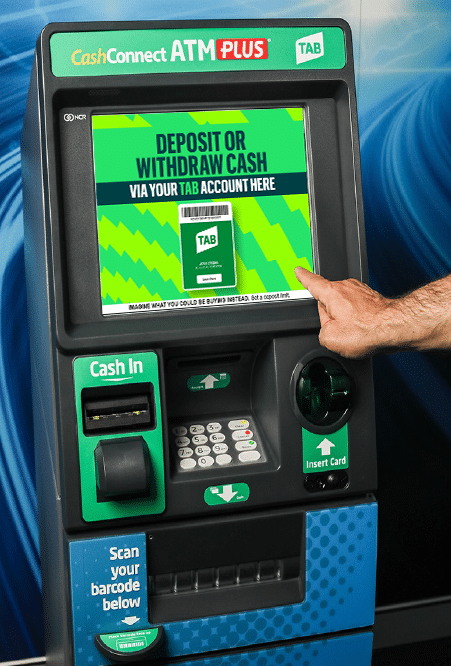It’s not an uncommon sight now to see your local bank branch closed down and the building up for sale or lease. It’s creating a cash gap in Australian society, with those still using banknotes struggling to access services in some cases.
For business owners who respond quickly, this represents an opportunity to provide cash services to those who need them, attracting new patrons and cementing the loyalty of current clientele.
In this article, we’ll explain exactly what is happening in the banking and cash world, and identify where venues can find their niche in the cash market.
WHAT’S HAPPENING TO BANKS?
In the year to June 2019, nearly 300 bank branches—5.3 per cent—shut down across Australia, a significant increase on the 201 that closed the previous year.
The trend is attributed to an increase in digital banking, magnified by the fact that younger generations are less likely to use brick-and-mortar banking services—a generational shift which is only growing more pronounced.
While the trend is higher in cities, regional towns haven’t been spared either, despite often relying on their local branches more than their urban counterparts. And with major banks also reducing their ATM fleets in recent years for similar reasons, many regional towns are now facing the challenges of having no local banking services.
As well as individuals, local businesses are affected by the lack of banking infrastructure. Not only do they lose business as their customers head out of town to do their banking and consequently, their other errands and shopping, but there is also a higher risk for those managing cash that they can no longer deposit locally.
HOW IS CASH STILL USED?
While you might be forgiven for thinking that cash is dying out completely given how the banks are reacting, that isn’t entirely the case.
Although there has certainly been a notable shift towards card transactions and digital payment methods, 37 percent of payments continue to be made with cash, according to a 2016 Reserve Bank of Australia (RBA) survey. And if the transaction drops below $10, cash actually becomes the most common payment method, accounting for 60 per cent of all payments.
Additionally, although card transactions have increased, this hasn’t affected the value of Australian cash that is in circulation, which is near a 50-year high and includes an approximate thirty $50 and fourteen $100 banknotes per capita. What has changed, though, is how we’re using this cash.
According to the RBA survey, despite 20 percent of participants not having any cash at the beginning of the survey week, the median cash held in wallets was still $40. The most common reasons for using it in day-to-day spending were:
- Cash-only merchants
- Minimum spend requirements on card transactions
- Preference for cash for small transactions
- Preference for using their own funds, or using cash as a budgeting tool
- Desire to avoid payment surcharges
When not for daily spending, cash is primarily kept in wallets for emergencies. 70 percent of people also had cash holdings in places other than their wallet, generally less than $100 and mostly for emergencies. However, 26 percent also cited accessibility as a reason for their holdings, whether due to ATM fees, access or withdrawal.
WHO IS USING CASH?
The RBA survey found that older Australians and lower-income households were the most likely to use cash. A 2018 NAB survey also supported this, with two-thirds of Australians over the age of 50 and half of 30–49 year olds carrying cash mainly for small transactions, compared to only one-third of 18–29 year olds. A further study identified low-income earners are experiencing the most barriers to financial services.
Unsurprisingly, older generations are among the most impacted by the closure of bank branches and ATMs as it represents an additional challenge to those who already have limited transport options or struggle with new technologies. They are also more likely to hold a proportion of their wealth in cash, however this type of ‘hoarding’ increases for all Australians when faced with economic uncertainty.
Foreign citizens and institutions also have a strong demand for cash, often as a store of value. Tourists and international students, in particular, are more likely to use cash than the average Australia, with the total value of cash payments per visitor rising by two-fifths since 2008.
THE CASH GAP
Cash still remains an important part of the economy, particularly for certain members of society. And despite society’s shift towards digital transactions, most Australians still have a soft spot for cash, with 58 percent stating that they would prefer to receive $1000 in cash if it was offered to them.
For strategic-thinking pubs and clubs, the gap left by the banks represents an opportunity to provide services for those continuing to use cash. Offering ATMS, particularly those with a range of cash management features, can help to attract increased foot traffic. For venues in regional locations, this can also cement your business’ value to the community, providing vital infrastructure, especially in towns where banks have exited.
Additionally, if your business services communities that include significant numbers of older Australians or tourists and foreign students, accepting cash and providing additional services through ATMs is also a winning strategy.
Want to learn more about how Australia’s most popular and successful venues are using technology to optimise performance and maximise profits? Our free ebook Pubs and Clubs of the Future gives you real-life examples of how top venues are staying ahead of the game.





